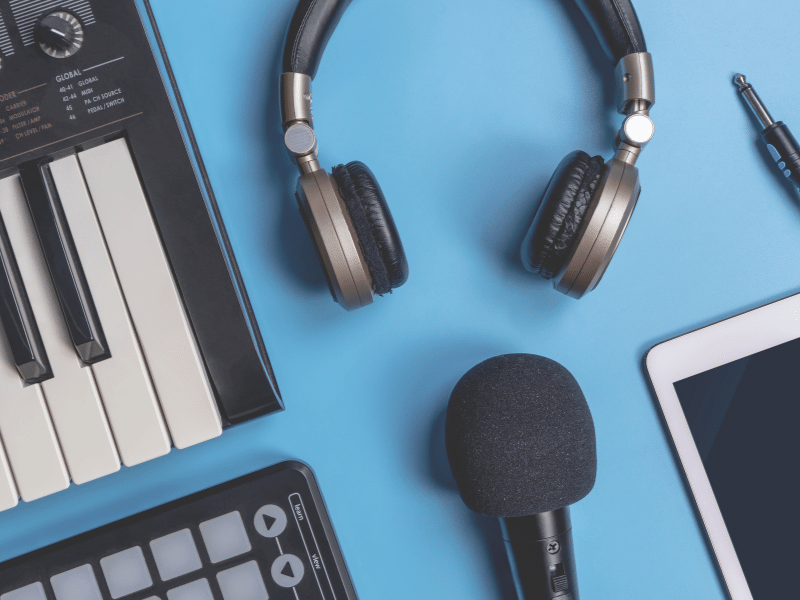How AI, Indie Artists, and Short-Form Videos Are Reshaping the Music Industry


El Valle Grita – The music industry has always been driven by innovation, but recent years have seen unprecedented change. With the rise of artificial intelligence, the growing influence of independent artists, and the explosion of short-form video platforms, the way music is created, shared, and consumed has been transformed. In 2025, these forces continue to disrupt old models while opening exciting new opportunities. As a result, musicians and listeners alike are experiencing a more diverse, dynamic, and accessible industry.
“Read More: Sources of Electromagnetic Radiation, Their Properties and Uses”
Artificial Intelligence as a Creative Partner
One of the biggest game changers is the integration of artificial intelligence into the creative process. Rather than replacing musicians, AI tools now act as collaborators, helping artists experiment with new sounds, compose harmonies, and even write lyrics. For example, platforms like “SoundCraft AI” allow users to generate chord progressions and melodies based on their preferred style. Moreover, producers can use AI-powered mastering tools to polish tracks instantly, saving both time and money. Because of this, artists at every level can bring their ideas to life faster than ever before. Therefore, AI has become an essential part of modern music-making.
The Empowerment of Independent Artists
In addition to technology, the rise of independent artists has reshaped the industry’s power structure. Thanks to affordable recording equipment, digital distribution platforms, and social media, artists no longer need record labels to reach an audience. As a result, more musicians retain creative control and a larger share of their earnings. For instance, many indie artists now use direct-to-fan platforms to sell music, merch, and tickets. Furthermore, niche genres and regional scenes have found global audiences, enriching the musical landscape. Because of this democratization, listeners now enjoy more variety and authenticity than in previous decades.
“Read About: Legendary Comeback: Oasis Launches Global Tour”
Short-Form Video as a Launchpad for Hits
Short-form video apps like TikTok and Reels have also become powerful tools for discovery. Instead of relying on traditional radio or curated playlists, many listeners find new music through viral clips and challenges. Since these platforms reward catchy, attention-grabbing hooks, artists often tailor their songs for short bursts of impact. For example, a single 15-second snippet can propel an unknown musician to international fame overnight. Additionally, fans play a more active role in promoting songs by creating and sharing their own videos. Consequently, short-form video has become one of the most important channels for breaking new hits.
New Revenue Streams and Business Models
These changes have also given rise to innovative ways of monetizing music. Beyond streaming royalties, many artists earn income from brand partnerships, live-streamed performances, and exclusive content subscriptions. Moreover, NFTs and blockchain technology have introduced new methods for selling limited-edition digital collectibles. Because of these diverse revenue streams, musicians are no longer dependent on a single source of income. Therefore, they have more freedom to experiment creatively without worrying about traditional commercial pressures.
A More Connected and Responsive Industry
Finally, the combination of these trends has made the industry more connected and responsive to listeners. Fans can interact directly with their favorite artists through live chats, behind-the-scenes videos, and even collaborative projects. Furthermore, data analytics help artists understand their audiences and adapt quickly to changing tastes. Because of this feedback loop, the gap between creators and consumers continues to shrink. The result is an industry that feels more personal, vibrant, and inclusive than ever before.